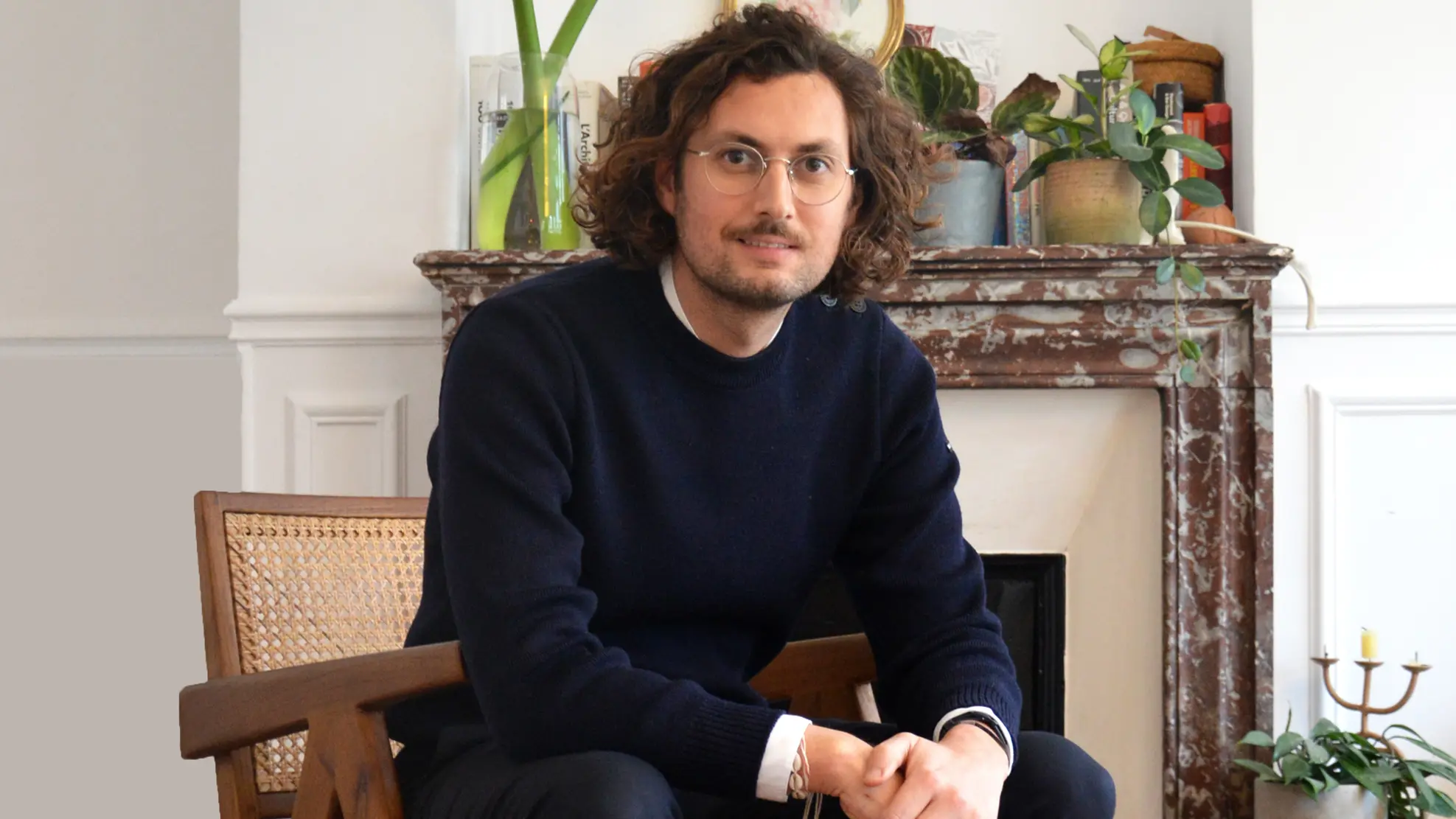“I could do this better.” They’re the words we’ve all repeated when an experience isn’t living up to expectations. Sometimes, a whole new company is formed out of that line of thinking.
Paris-based Le Collectionist is one such company. Max Aniort’s former business partner had a less-than-stellar experience at a vacation rental property that was marketed as luxurious. Instead of arriving at a home that merited the luxury price tag, he found himself at a dirty property with no air conditioning, no service and no other options.
That story, combined with an intuition about the luxury rental market, led Max to start Le Collectionist.
With the demand for luxury vacation properties across Europe, you’d think a proper platform would already exist. However, owners typically don’t want to shoulder the actual booking of their property when they’re not there, and renters don’t always get the experience they’re looking for. Le Collectionist acts as a dedicated luxury platform as well as a property manager and liaison, handling the listing, booking and welcoming of guests for property owners.
With over 2,000 properties across Europe and the Caribbean, how does the company manage them all? With a little help from some friends. Le Collectionist strategically acquired several smaller vacation rental companies to work on the ground level at each location.
“Local companies with local people always do it better,” Max shares. “It’s being humble enough to know that if you come from the destinations, you will do the job perfectly compared to what we can do from Paris.”
If working with so many smaller companies sounds complicated, the answer is that it can be. Max didn’t get it right on the first acquisition. Now, he uses an M&A playbook to bring new acquisitions into Le Collectionist more seamlessly.
On an episode of the How I Raised It podcast, Max shares tips from his playbook, from identifying the right companies to acquire, to the specific questions he uses to guide an integration, to raising capital as a startup acquirer.
The selection process
With his sights set on finding local partners to be part of Le Collectionist’s brand, founder fit is of utmost importance. Le Collectionist makes a point of determining early on whether an acquired company’s founder should stay and help run your business. But this wisdom came after a few hard lessons.
Max went into his first acquisition determined to keep the founder. However, it ended up being agonizing for all parties involved, because, in the end, she didn’t want to stay.
“Listen to what the founder wants,” Max says — and then allow them to stay or leave.
“It was so complicated to have someone that you put in golden handcuffs. You arrange everything for them to stay, not to be able to go anywhere else. It created so much frustration and the impact on the rest of the company was super toxic.”
Since that first experience, Max learned to be upfront with founders. If they want to stay, he develops an incentive plan for them to be able to succeed as part of Le Collectionist. If they want to leave, he works with them to make a six-month exit plan.
Moves from the playbook
After a company is vetted to be a good match for M&A with Le Collectionist, Max moves on to what he calls his “integrations bible.” The main values driving the plays are transparency and alignment.
Max acknowledges that the uncertainty that comes with acquisition can be stressful for the acquired company’s team. The integration bible helps to alleviate that stress and make sure both sides of the table share the same expectations.
Here are the questions he uses to guide integration as soon as he starts drafting the acquisition contract:
- Will the company keep its brand or use Le Collectionist?
- Does the founder want to stay?
- Who needs to stay/go in key management positions?
- Where can the two companies create synergies by sharing costs?
- What is the timeline for listing new properties?
Another way to increase founder buy-in is to figure out their role in the larger sphere of Le Collectionist. For example, Max’s team recently acquired a company in Switzerland’s ski country. Since that founder was especially knowledgeable in the realm of ski destinations, Le Collectionist offered that person a role leading all ski businesses in the group.
By staying integration-minded, Le Collectionist finds smoother transitions.
Activating synergies
Rather than follow the standard private equity M&A script — acquire, clean house and maximize profit — Le Collectionist is more collaborative. That’s because it’s not just about the properties themselves. Le Collectionist needs people to operate the properties. Even with four regional offices, there’s plenty of work to go around.
That means the company's chance of employees being made redundant is much lower. Since everyone’s jobs are relatively secure, there’s less anxiety in the transition.
Max also identifies synergies across the seasonality of vacation properties. For example, people who own winter homes in Switzerland might also own summer homes in St. Tropez. Having a relationship in one location opens the door to more properties without much additional work.
Capital needs
Le Collectionist raised $80 million over three funding rounds. The first round was French VC-focused. The second was led by a French-American VC helping local champions in Europe break into the U.S. market. The third round was co-led by a VC and a French family office.
If Max could give his past self advice before starting the fundraising process, he’d leave the generic pitch at home.
“What I found super hard during the fundraising process is to go to the meeting with the same energy, same smile, same jokes — and to really give everything I had,” he shares.
While it can be helpful to have a standard pitch, you’ll save yourself a lot of wasted energy by choosing a few top funders and customizing your pitch for each so you stay can sharper for those VIP meetings.
“See the 10 [funding] candidates you want to sign, the ones you feel would bring more value to the company. For each of them, prepare like [you would for] the best job interview of your life. [Don’t] just have the best generic pitch,” Max says.
Sometimes “doing it better” just means doing it right.
Nathan is also the CEO of Fundingstack.com which is a new platform for VCs and investment bankers to both raise capital and assist clients and portfolio companies.
Users of these platforms have raised over $9.7 billion since 2016.
This article is based on an episode of Foundersuite’s How I Raised It podcast, a behind-the-scenes look at how startup founders raise money.


